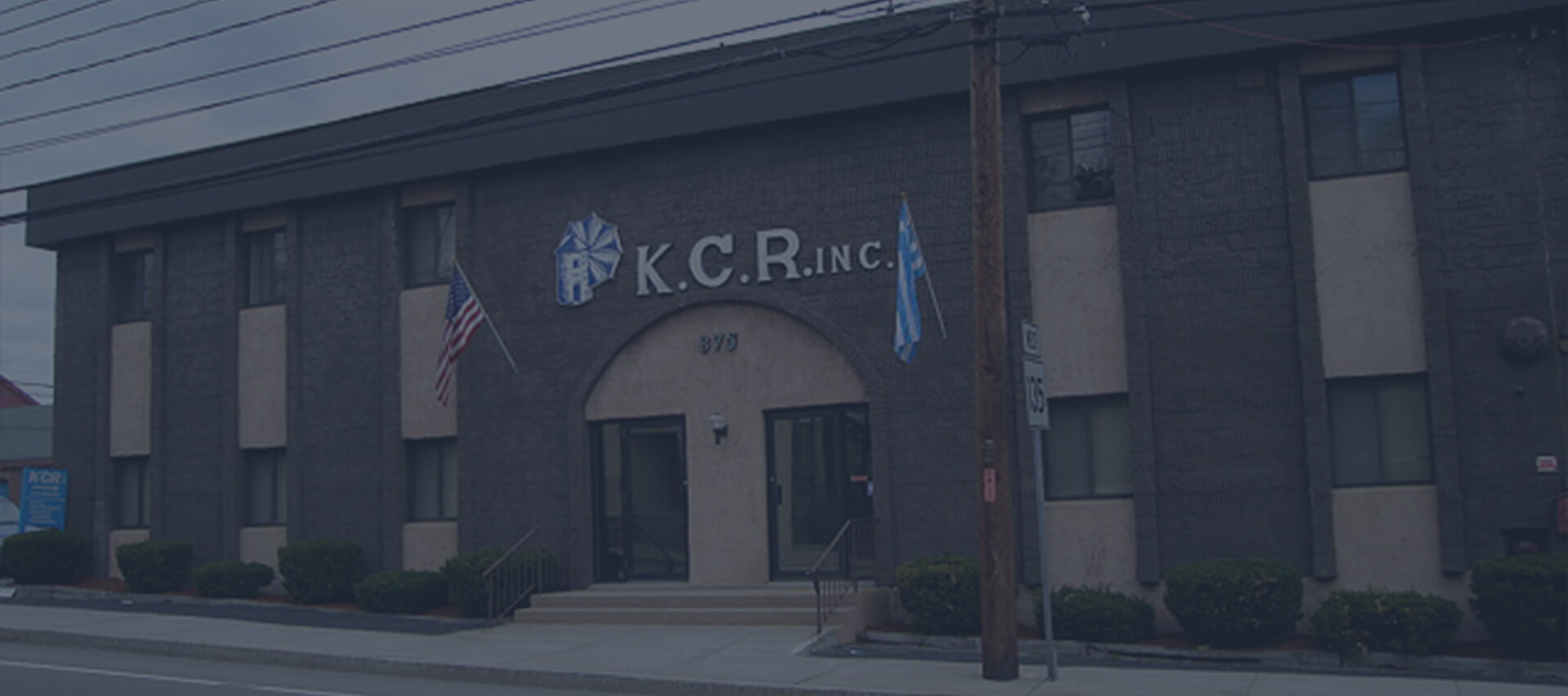Restaurant Equipment Purchasing Tips
1. Look for the Blue NSF Emblem
We advocate the restaurant equipment you buy should possess a blue National Sanitation Foundation (NSF) emblem printed somewhere on the product or product packaging. The NSF ensures that the gear is appropriate to be used in a commercial kitchen, due to demanding third party inspections that ensure the gear is food-safe and simple to maintain clean and sanitized. While not all health codes require that every piece of commercial kitchen equipment be NSF-approved, if you purchase things with the blue seal, you can really be confident when they are used in accordance with the Maker ‘s guidelines, health regulations will be met by those items.
2. Purchase Everything You Want
Plan out your menu before beginning buying kitchen gear that is commercial, purchase only the gear you’ll need and then concentrate on the menu items. Estimate simply how much productivity you buy the appropriate size and will need from every piece of gear. Under- sizing will slow down service and fury customers, but by buying large, you can be cost thousands more than needed in energy costs on the life of the gear.
3. Find out about Guarantees
Check to see how its products are backed up by each manufacturer, before you invest your money in restaurant gear. Service calls on non-warrantied equipment can mount up quickly and are costly. Not just that, but any time equipment spends broken down is time it really isn’t cooking or storing food. Pay close attention from what care has to be done consistently and what actions can invalidate the guarantee. Keep these factors in mind when comparing costs – it may be worthwhile to pay more to get an item of equipment having a better warranty.
4. Inspect Equipment When it Arrives
Despite the caution of the transport company and also the best packaging attempts of and/or the maker vendor, products are from time to time damaged during shipping. When this is actually true, it is not and the transportation supplier the producer or vendor that is certainly responsible for fixing or replacing the damaged unit.
Keep all packaging materials and tend not to remove the damaged item in the premises. Once the inspection is complete, retain a copy of the inspection report and contact the transport provider for informative data on the best way to move forward with replacement or repairs. Please note that it is your responsibility as the buyer to make damage claims.
5. Make Sure to Fulfill with All Local Codes
You need to assess all health, fire, and building codes to start to see the special requirements of your commercial kitchen before buying commercial restaurant equipment. Local codes vary widely across the country, so what’s acceptable in a single location could be prohibited a few miles in the future. Equipment that may be used with no vent in some places needs to be set under a hood in other locations. Associate along with your local government to ensure the layout and equipment you might be considering is in line with local codes. As you work to rectify the trouble infractions of these codes could lead to substantial fines or close and can really cost you a large number of dollars.
6. Know Your Utilities
Know about where every utility wall socket is in your kitchen as well as serving area, including water, electricity, and gasoline. With respect to the piece of gear you are considering, you can have to know more details than just the place of each utility. For water, learn temperature and the incoming water pressure. Find out about availability and the price of propane and natural gas in your town, and which one your kitchen is established for. A number of these matters can be altered if needed for example, an electrician can add or change factory outlets and many businesses offer conversion kits between propane and natural gas, but understanding ahead of time which alters you could possibly need will help you plan out your timeline and budget.
7. Consider Long-Term Prices
The utility prices which is incurred within the life of the unit should be considered by you when you buy restaurant gear. For instance, during summer months, ice machines and coolers might need to work more challenging to remain cool, causing more energy use. Consider purchasing energy-efficient gear to greatly help those utility prices. Additionally consider the care the unit will want; how much will that maintenance cost, if that maintenance is ignored, and maybe moreover, just how much will the repairs cost? Find out more about the life expectancy of each and every model you are considering, as it can make more sense to cover just a little more for a unit that usually lasts.


